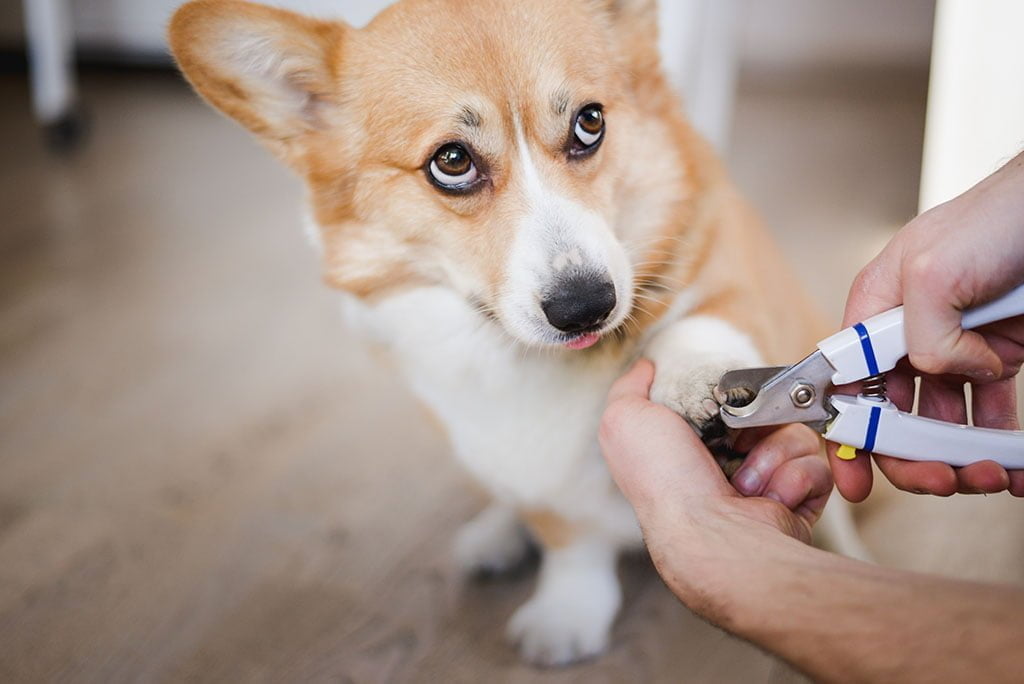
Nail Trimming: Essential Guidelines for Safely Maintaining Your Dog’s Paw Health

Introduction
Nail trimming is an essential aspect of dog grooming that often causes anxiety for both dogs and their owners. However, maintaining your dog's nails at an appropriate length is crucial for their overall paw health. In this comprehensive guide, we will provide you with expert guidelines for safely and effectively trimming your dog's nails. Learn valuable insights from The Rich Groomer on how to make the process less stressful and ensure your dog's paws stay healthy.
Why Nail Trimming is Important
Keeping your dog's nails properly trimmed offers several benefits beyond aesthetic appeal. Let's explore the reasons why nail trimming is crucial for your dog's overall paw health:
Preventing Overgrowth and Injury:
Long nails can lead to a variety of issues, including discomfort, pain, and difficulty walking or running. Overgrown nails are more prone to snagging, splitting, or breaking, potentially causing injury or infections.
Maintaining Proper Gait and Posture:
Trimmed nails allow your dog to maintain proper gait and posture, reducing the risk of joint or muscle strain. Proper nail length ensures that weight is distributed correctly across the paws, contributing to overall body alignment.
Preventing Long-term Complications:
Neglected nails can grow into the paw pads, leading to severe pain, infections, or even deformities. Regular nail trimming helps prevent these long-term complications, ensuring your dog's paw health is maintained.
Guidelines for Safe and Effective Nail Trimming
Nail trimming doesn't have to be a daunting task. Follow these guidelines to safely and effectively trim your dog's nails:
Familiarize Your Dog with Nail Trimming:
Introduce your dog to the nail trimming process gradually. Start by gently touching their paws and nails to help them become comfortable with the sensation. Offer treats and positive reinforcement to create a positive association with nail trimming.
Choose the Right Tools:
Invest in a high-quality pair of dog nail clippers or a nail grinder. The Rich Groomer recommends using guillotine-style clippers or a grinder with a sanding drum attachment for optimal control and safety.
Identify the Quick:
The quick is the pink area within the nail that contains blood vessels and nerves. Take caution not to cut into the quick, as it can cause pain and bleeding. For dogs with light-colored nails, the quick is more visible, while it may be more challenging to identify in dogs with dark-colored nails.
Gradual Trimming:
If your dog has long nails, trim them gradually over multiple sessions. This approach helps prevent cutting the nails too short and minimizes the risk of hitting the quick. Trim small portions at a time until you reach the desired length.
Utilize Proper Technique:
Hold your dog's paw firmly but gently. Position the clippers or grinder parallel to the nail, avoiding an angled cut. If using clippers, make slow and steady cuts from underneath the nail. For grinders, apply gentle pressure and use a grinding motion to gradually remove the excess nail.
Additional Tips for Nail Trimming Success
Enhance your nail trimming routine with these additional tips recommended by The Rich Groomer:
Regular Maintenance:
Establish a regular nail trimming schedule based on your dog's individual needs. Dogs with fast-growing nails may require trimming every 2-4 weeks, while others may need less frequent maintenance.
Positive Reinforcement:
Throughout the nail trimming process, provide ample positive reinforcement, such as treats, praise, and soothing words. This helps create a calm and positive experience for your dog, reducing anxiety associated with nail trimming.
Seek Professional Help, If Needed:
If you feel uncomfortable or uncertain about trimming your dog's nails, consult a professional groomer or veterinarian. They have the experience and expertise to trim your dog's nails safely and can provide guidance on maintaining paw health.
Frequently Asked Questions
The frequency of nail trimming depends on your dog’s activity level, breed, and nail growth rate. In general, aim to trim nails every 2-4 weeks, but adjust the frequency based on your dog’s specific needs.
It is recommended to use clippers specifically designed for dogs. Human nail clippers may not be suitable for the shape and thickness of a dog’s nails, potentially leading to uneven cuts or discomfort.
Apply a styptic powder or cornstarch to the bleeding nail to help stop the bleeding. If bleeding persists or the nail becomes infected, consult your veterinarian for further assistance.
Conclusion
Proper nail trimming is essential for maintaining your dog's overall paw health. By following the expert guidelines provided by The Rich Groomer, you can ensure a safe and effective nail trimming experience for both you and your furry friend. Regular maintenance and positive reinforcement will help your dog's nails stay at an appropriate length, promoting their comfort, mobility, and overall well-being.

